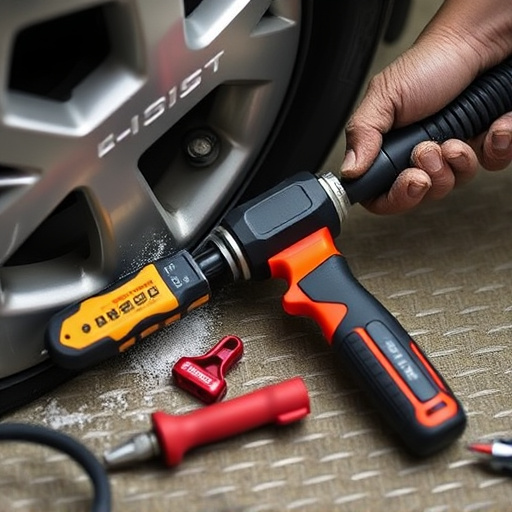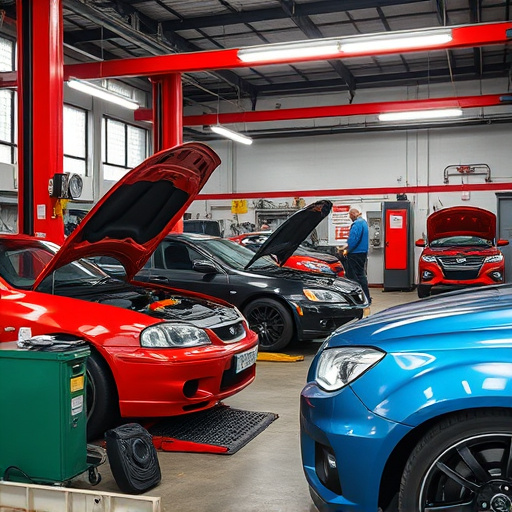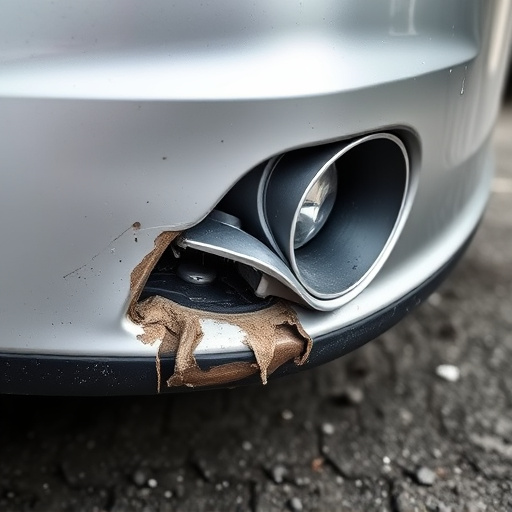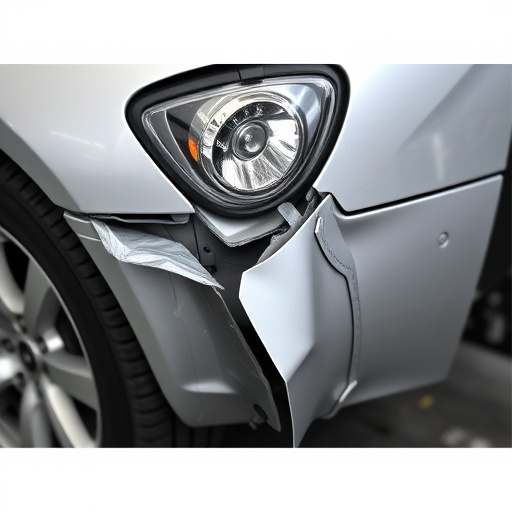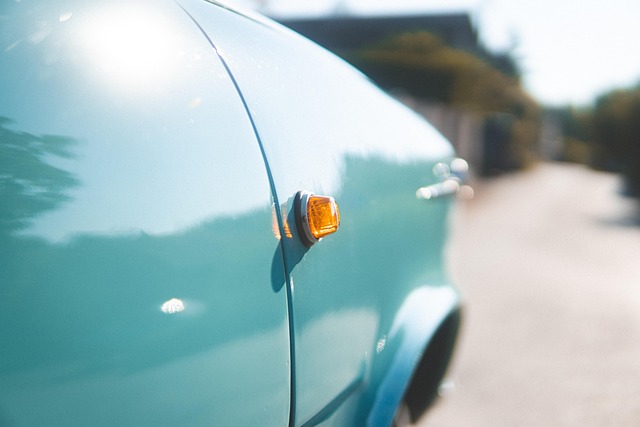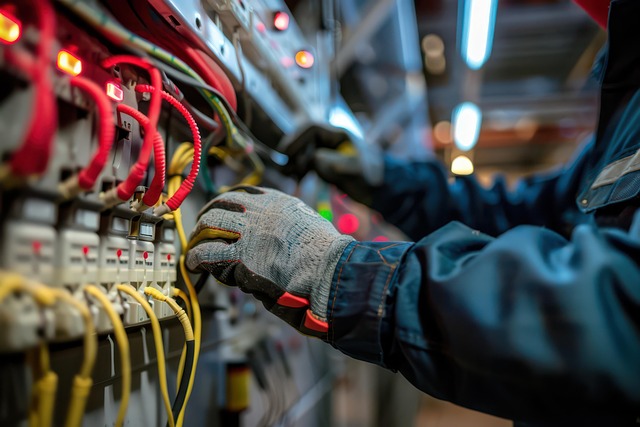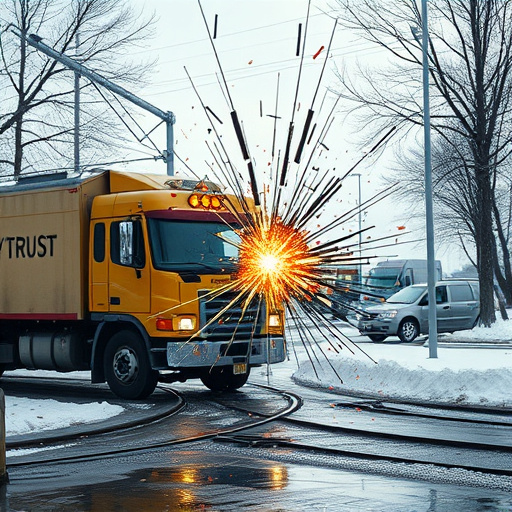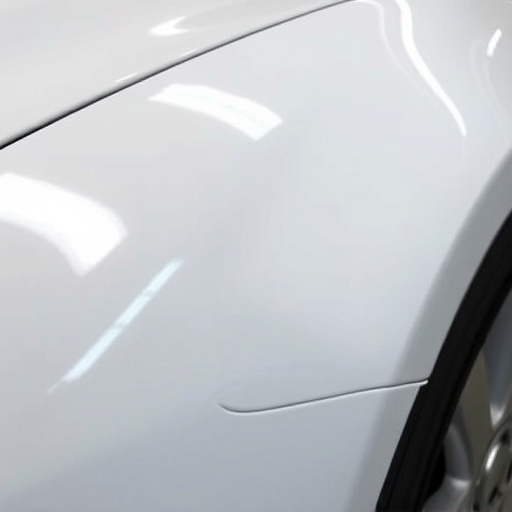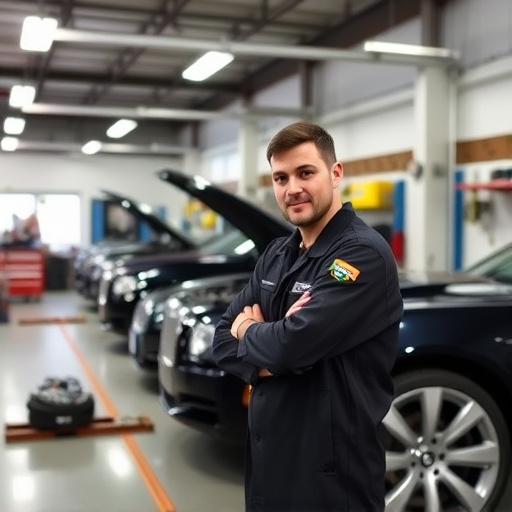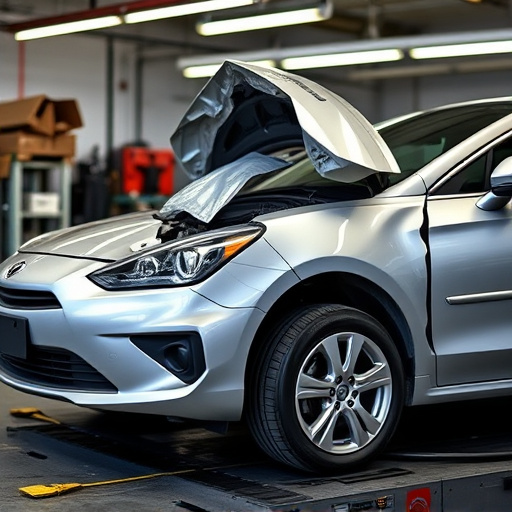After a tree falls and causes structural damage, professionals assess walls, roofs, and foundations using advanced tools. They employ tailored repair techniques, like auto frame repair, to beams and columns, ensuring stability and longevity. This meticulous process restores structures to pre-incident condition, enhancing safety and aesthetics through specialized services and careful planning. For long-term stability, structural engineers reinforce vulnerable areas and conduct regular maintenance checks, while prevention strategies like proper tree care and inspections minimize future risks.
After a fallen tree, assessing structural integrity is crucial for safe repair work. This article guides you through essential steps, from evaluating damaged structures to implementing effective fixes tailored to diverse tree types. We explore long-term stability strategies to ensure your property remains secure post-repair. Discover expert tips and techniques for efficient, comprehensive fallen tree damage repair, enhancing your home’s safety and resilience.
- Assessing Structural Integrity After Fallen Tree Damage
- Safe and Effective Repair Techniques for Different Tree Types
- Long-Term Stability and Prevention Strategies Post-Repair
Assessing Structural Integrity After Fallen Tree Damage
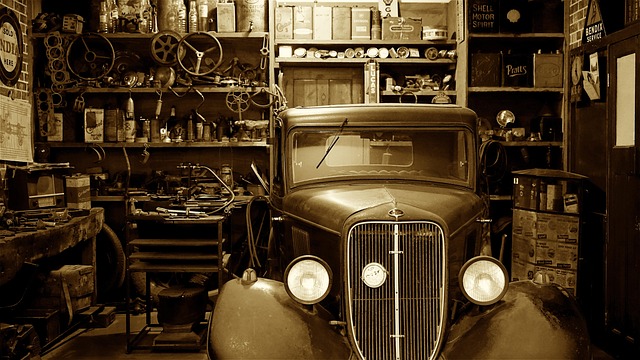
After a tree falls and causes damage to structures, assessing the structural integrity of the affected areas is a crucial step in the fallen tree damage repair process. This involves careful inspection of key components like walls, roofs, and foundations to identify any significant weaknesses or failures. Professionals in collision repair services often lead these assessments, employing advanced diagnostic tools to evaluate the extent of the damage and ensure safety.
The goal is not only to restore the affected areas but also to prevent further hazards. Auto frame repair techniques can be applied to structural elements like beams and columns, ensuring they meet vehicle restoration standards for stability and longevity. By combining these specialized services with meticulous planning, fallen tree damage repairs can effectively return structures to their pre-incident condition, enhancing safety and aesthetics.
Safe and Effective Repair Techniques for Different Tree Types
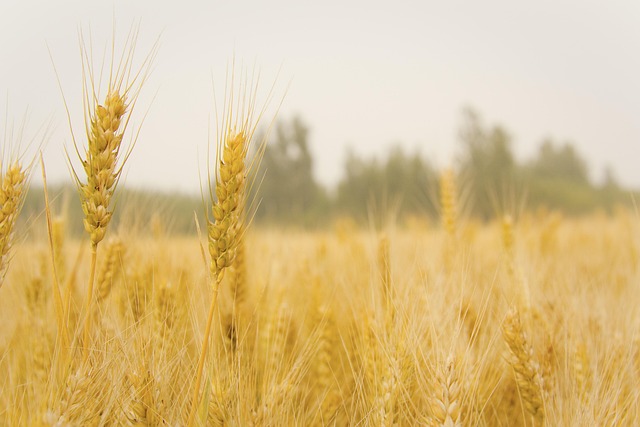
When addressing fallen tree damage repair, different tree types require tailored approaches to ensure both safety and effectiveness. For instance, repairing damage caused by a car collision involving trees necessitates a nuanced understanding of auto body work principles, especially when dealing with components like bumpers. This is because these areas are often highly visible and integral to the vehicle’s structural integrity and aesthetic appeal.
Specialized techniques may be required for various tree species, given their unique characteristics. For example, the dense branches and robust trunks of mature oak trees necessitate careful handling during repair to prevent further destabilization. In contrast, thinner-branched conifers present a different set of challenges, requiring precise tools and methods to restore structural soundness without causing additional harm. Proper techniques for fallen tree damage repair, whether for car collision repairs or general auto body work, involve assessing the extent of damage, stabilising affected areas, and applying suitable materials for reinforcement while preserving the tree’s overall health.
Long-Term Stability and Prevention Strategies Post-Repair
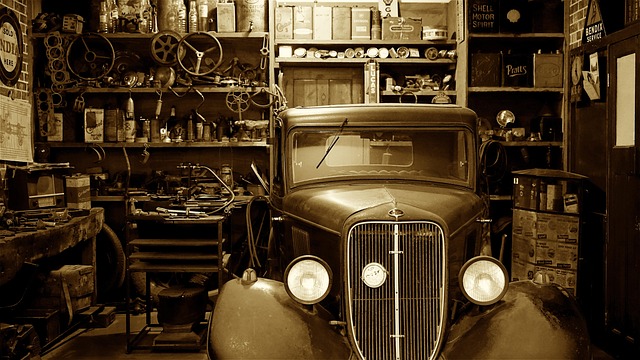
After successfully repairing fallen tree damage to structures, ensuring long-term stability is paramount. This involves a multifaceted approach that goes beyond immediate fixations. Structural engineers should assess and reinforce vulnerable areas, using advanced techniques such as structural bracing or beam replacements, depending on the severity of the damage. Regular maintenance checks are crucial post-repair to monitor any signs of weakened integrity.
Prevention strategies play an equal role in mitigating future risks. Proper tree care and regular inspections can significantly reduce the likelihood of similar incidents. In cases where trees are close to buildings, professional pruning services can help remove dead branches or overhanging foliage that could potentially cause damage during severe weather events. Utilizing auto body restoration techniques for structural components and enlisting reputable vehicle repair services for specialized repairs ensures both the safety and aesthetics of affected areas, preventing further complications and costly renovations down the line in a car body shop.
In light of the above discussions, effectively addressing fallen tree damage repair involves a multi-faceted approach. Assessing structural integrity, employing tailored repair techniques for various tree types, and implementing long-term stability strategies are key to ensuring safe and lasting solutions. By considering these aspects, professionals can navigate the complexities of tree damage repair, fostering both aesthetic restoration and structural soundness.


